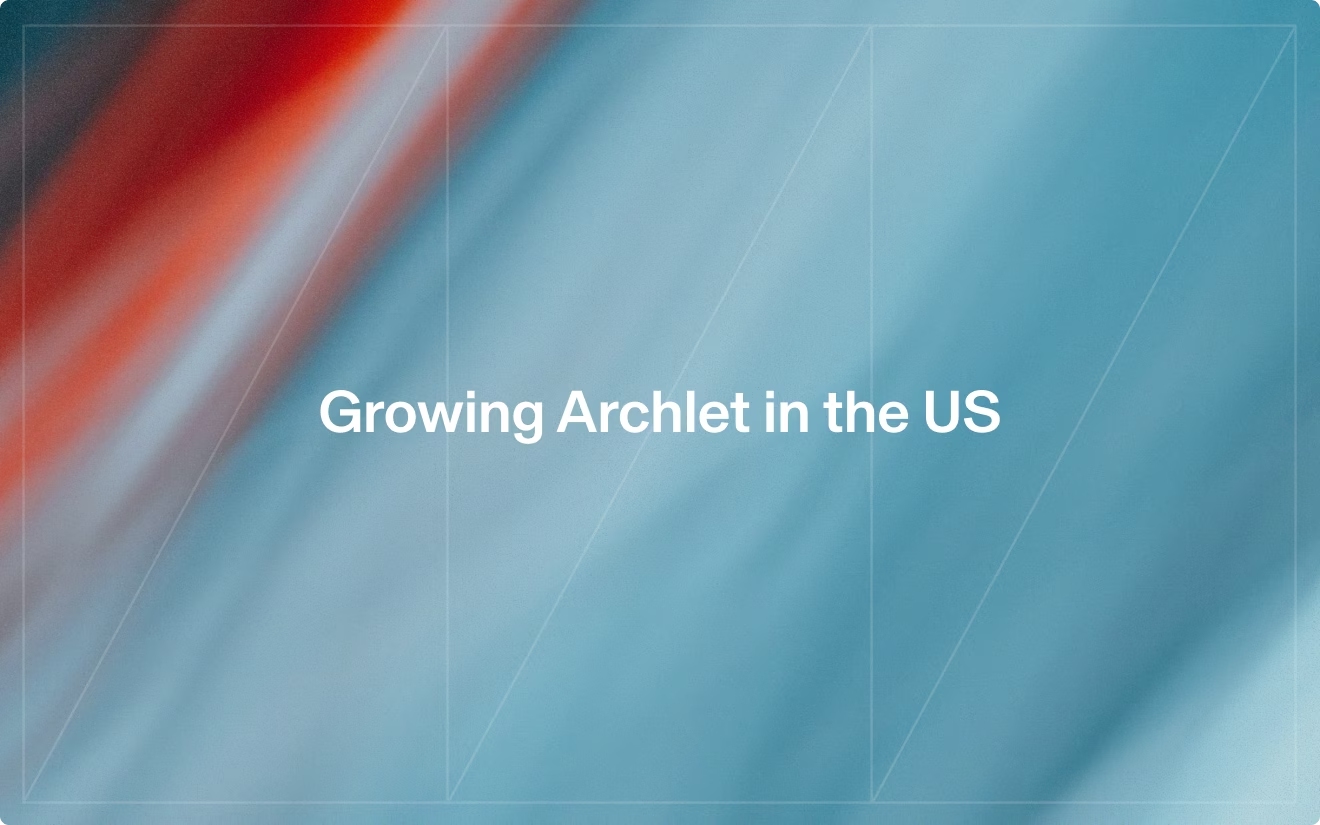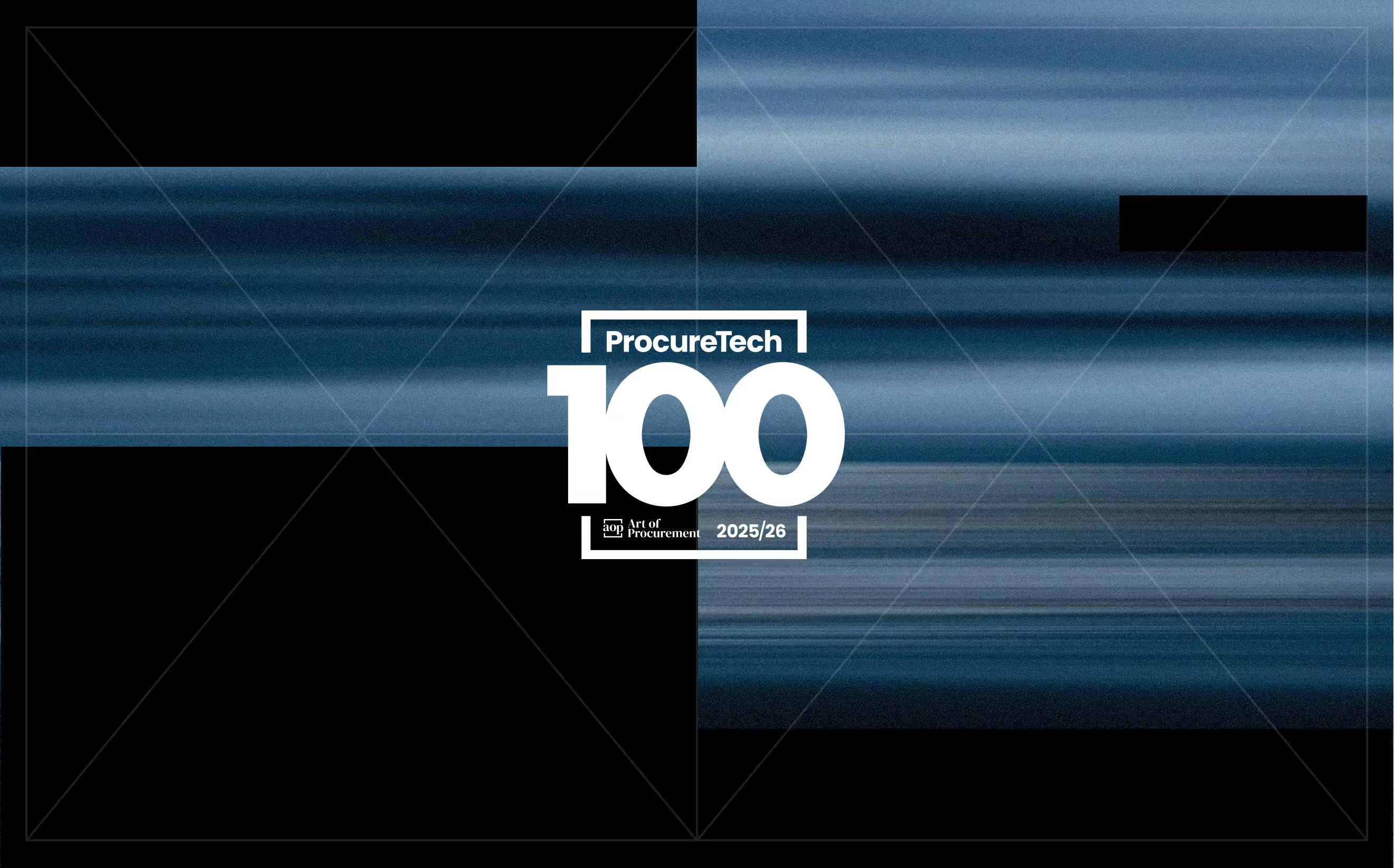How Agentic AI will redefine Procurement

Procurement teams today face rising expectations. They are asked to deliver savings, build resilient supplier networks, and contribute to ESG and innovation goals, all while working in markets that change faster than ever. Traditional tools and spreadsheets can only go so far. The next leap forward comes from Agentic AI — intelligence embedded directly into the sourcing workflow that automates complexity and accelerates decision-making.
Why it matters
Despite years of digital transformation, critical procurement activities still rely heavily on manual effort. Scenario modeling, risk assessment, and even RFP setup often demand hours of work in Excel, creating delays and inconsistencies. Agentic AI addresses these challenges by turning fragmented data into structured insight and by running analyses that would be impossible to perform manually at scale.
An AI agent is different from a rule-based system. It adapts to context, improves over time, and acts on behalf of the user. In procurement, this means analyzing real-time inputs such as supplier performance, market data, ESG priorities, and pricing dynamics to recommend or even execute the next best step.
Archlet's AI Spark
At Archlet, AI is not an add-on. It is native to the platform and embedded across sourcing processes. Spark, our AI agent, is a good example of this approach. It supports procurement teams in concrete ways: transforming unstructured files into structured RFPs, generating award scenarios from free-text prompts, and automating repetitive bid evaluations. By being integrated directly into Archlet, Spark delivers value across multiple use cases, not as a bolt-on feature but as a foundation for how sourcing gets done.
Benefits in practice
When AI is embedded throughout procurement, the results are tangible. Sourcing cycles can run up to 30 percent faster, decisions become more transparent and consistent, and teams gain the bandwidth to focus on strategy rather than administration. Organizations also improve resilience by surfacing risks and opportunities earlier, aligning sourcing more closely with business objectives.
PepsiCo example
PepsiCo’s adoption of Archlet shows what this looks like in practice. Rolling out Archlet across 50 global categories, the company equipped teams to eliminate manual tasks, improve efficiency, and make smarter, data-driven decisions. Under the leadership of Lauren Hymen, VP of Strategy and Transformation Digital Procurement, Spark plays a key role in accelerating their procurement transformation and supporting sustainability goals.
Getting started
For enterprises, the path to AI in procurement begins with clear objectives: reducing costs, strengthening compliance, advancing ESG, or improving speed. Building the right data infrastructure comes next, followed by targeted pilot projects to prove value. Success requires cross-functional collaboration across procurement, IT, and finance, and continuous improvement based on real outcomes.
Why now
The advantage of adopting Agentic AI is already visible. Early movers are cutting cycle times, securing savings, and building stronger supplier partnerships. The gap between leaders and laggards is widening. For companies that want procurement to be a true strategic partner to the business, the time to act is now.
Book a demo today to benchmark your AI maturity and discover how Archlet’s AI-native approach can elevate your procurement strategy.


